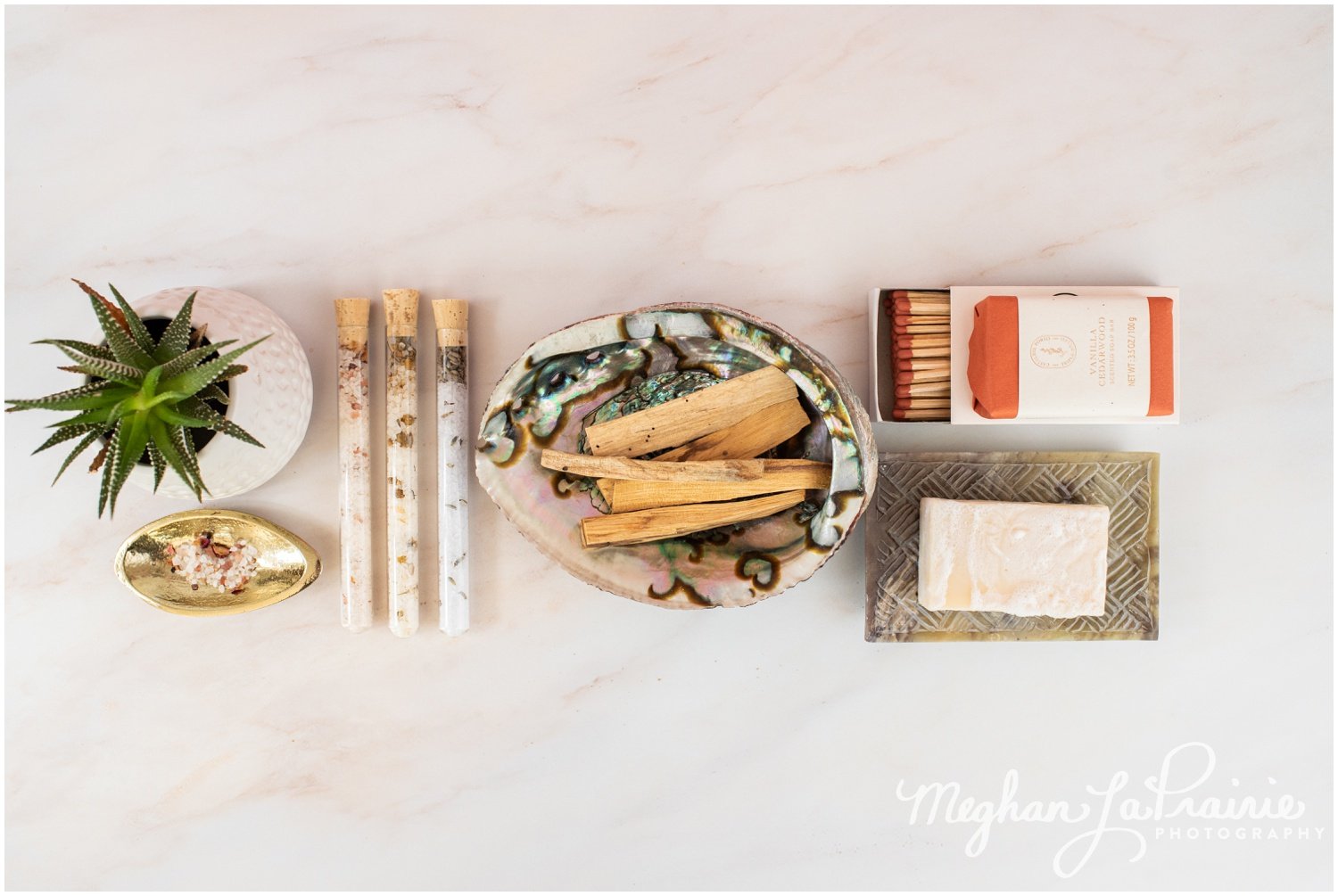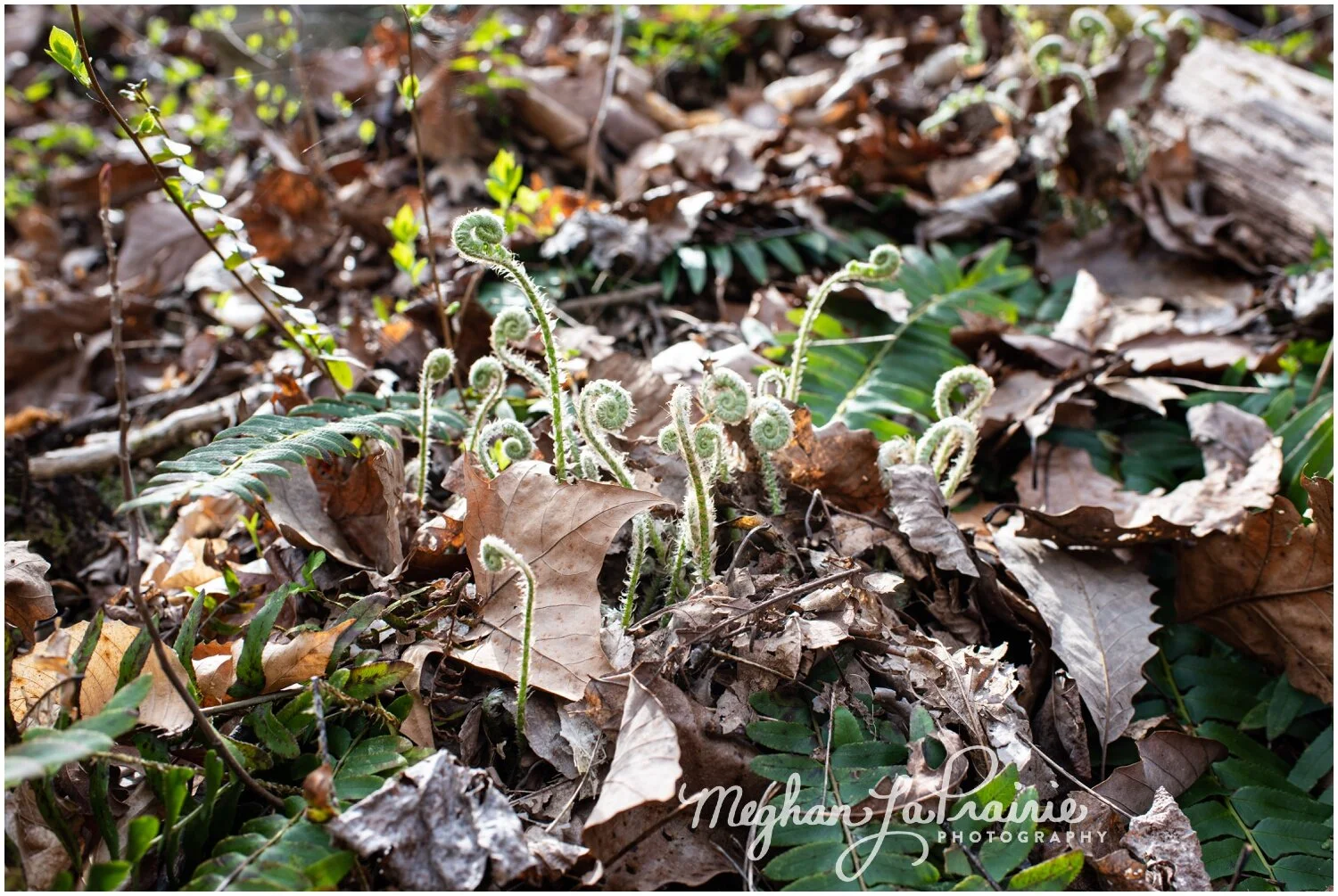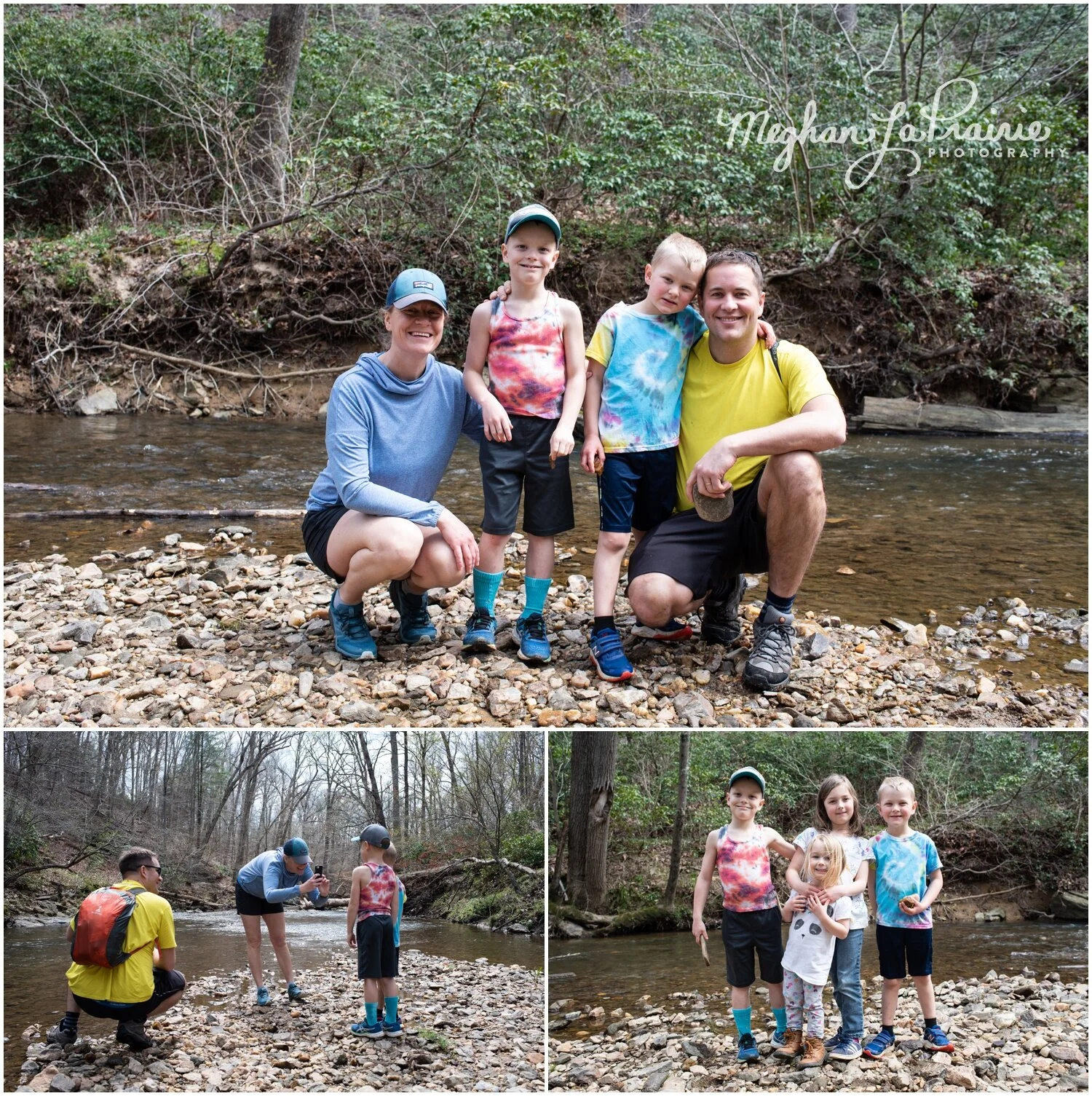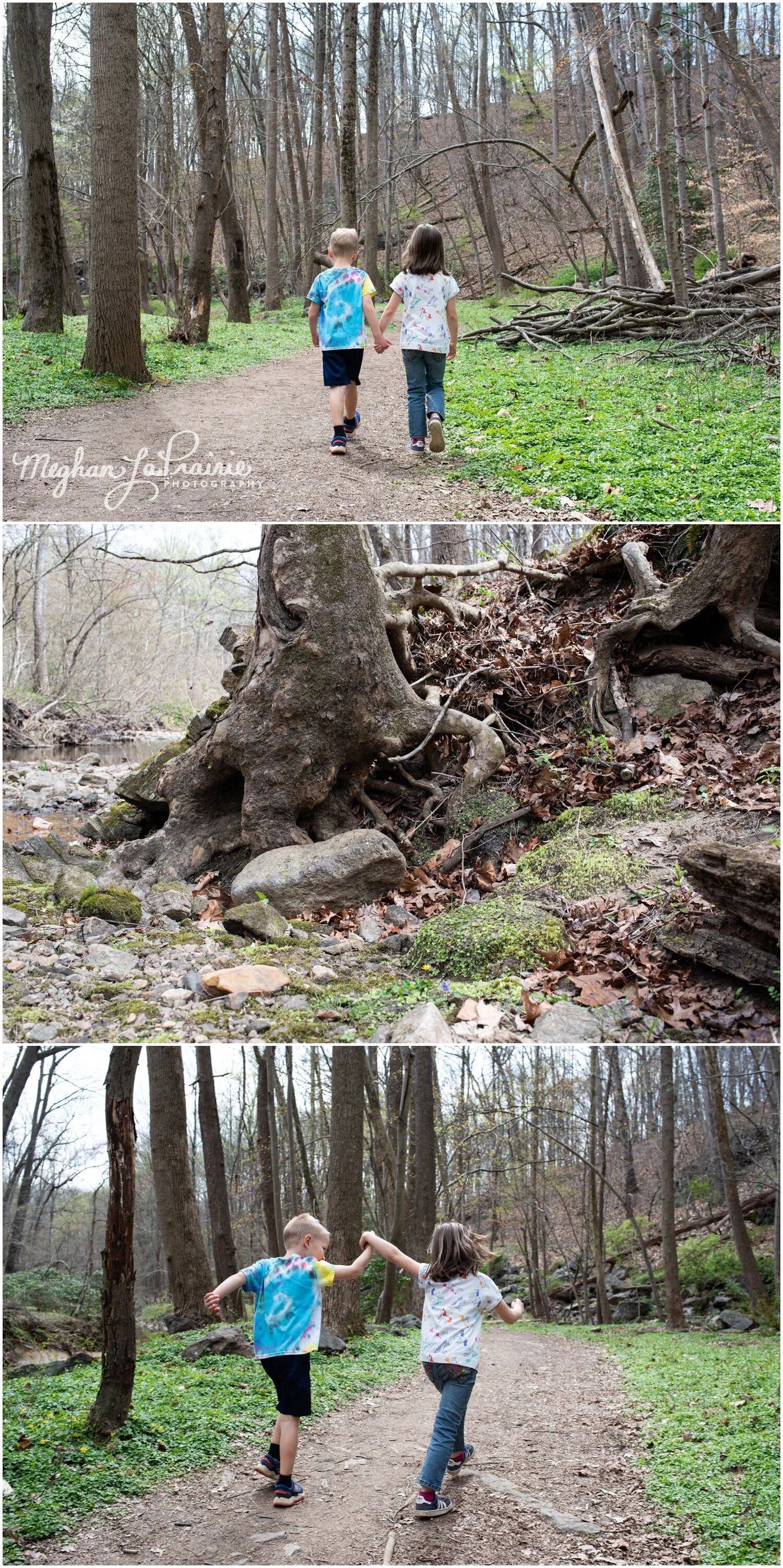Hiking for the Soul - Photography - Kensington, MD
/As I try and find comfort during this time I often look out into nature. Bob Ross said it best when talking about painting in the context of nature,
And I often think of that in the context of photography. I look at a flower from above or I gaze at the world from atop a tree. Sometimes I lie on my back and watch the trees overhead and the space that makes up the seperation of that which is rooted to the ground and the sky.
As the news of our new realty set upon us we created a quarantine collective of families that decided to weather the storm in each others circles. There were hikes and dinners and in many ways life as normal was able to resume. Only life was anything but normal. Never the less, this community made us stronger together to weather the storm.
We supported each other and leaned on each other and when we were lucky swapped kids so that the adults could have some time to themselves. But on the day these photos were taken we knew nothing of what lay ahead of us. Only that we were setting out to weather it together come hell or high water.
Little flowers, plants and mushrooms have me thinking about starting my own painting project. What new hobbies or skills have you picked up in quarantine. Leave me a comment below—I would love to hear what you have been busy with.
In the fresh air and the beautiful scenery it is easy to appreciate all that is around me. Being outdoors makes me think deeply about our relationship to nature and our responsibility to preserve and protect it.
If you’re feeling overwhelmed I recommend stepping back into the past and listening to the likes of Bob Ross. you may find that the ASMR of his voice along with the sounds of his brushes on the canvas and the excess paint being tapped off onto his easel brings me a feeling of peace, I hope that it may also provide you with a feeling of euphoria and allow you to calm any anxiety you may be working though. Plus it always helps to surround yourselves with friends and family.
Happy photographing!














